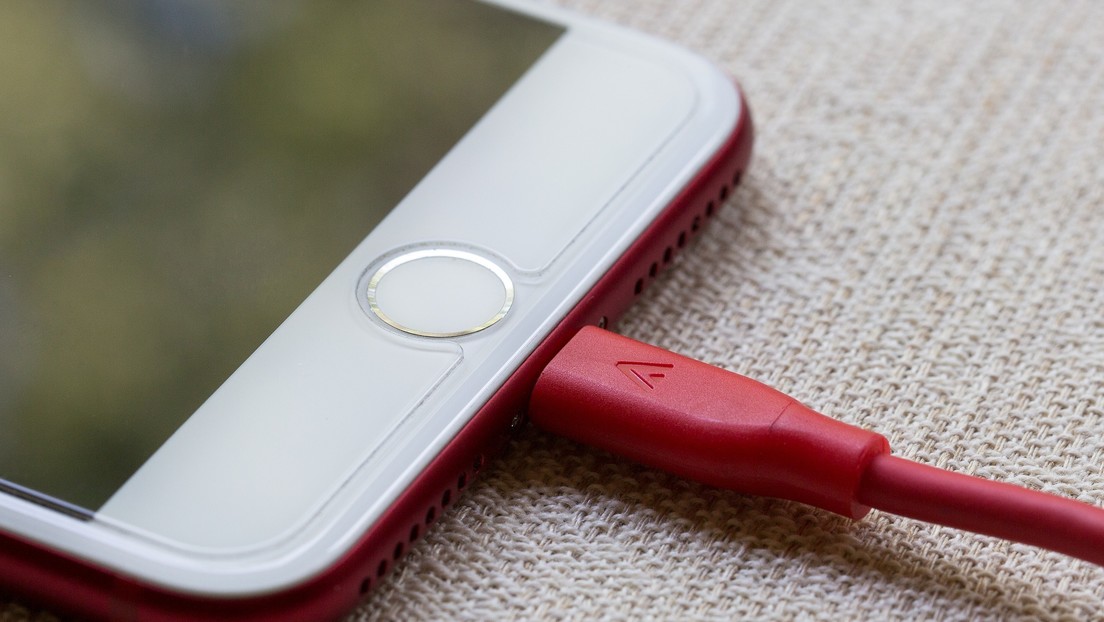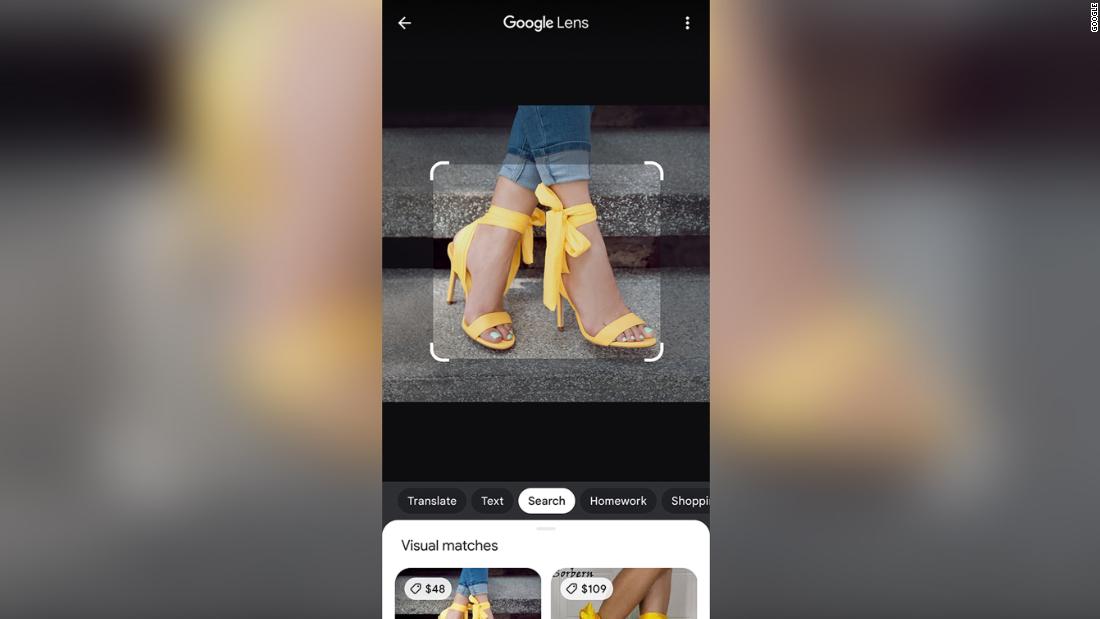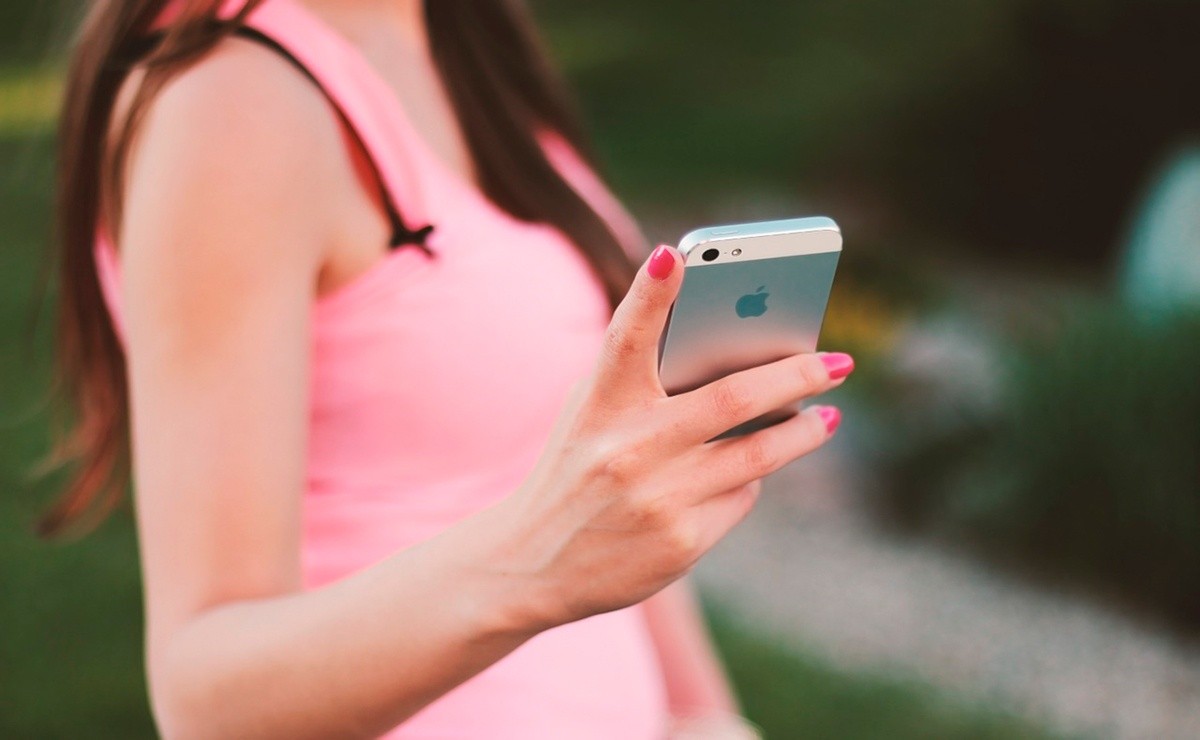Published:
1 June 2021 01:06 GMT
Developed by inventor Mike Grover and a copy of the original Apple Cable released in 2019, expert Jack Toffman warns of the dangers of the Lightning O.MG device, which has the ability to geolocate and record keystrokes.
Cyber security expert Jack Toffman Explained In an article published last Saturday on Forbes why you should Stop using other people’s iPhone or iPod cables.
Replica of the original cable, the expert warned about the danger of lightning O.MG device Apple Developed by inventor Mike Grover and released in 2019, it features a separate WiFi access point, payload storage, geolocation and tracking capabilities. Enter the keystrokes, In other functions. These cables can be controlled by the browser: the attacker can enter the cable access point directly or the cable can be connected to a network to find its own way to any device.
As Grover described in an interview with Forbes, his device is not designed to attack iPhones, but connects Macs and other computers to charge or sync them. Initially, the cables were hand-built by the inventor and are very easy to distinguish from the original. “At the time I wanted to see if I could do it – produce something small enough,” he said, adding that he did not plan to give his devices to hackers, but instead This is considered a warning.
But then the design was refined and the cables became perfect copies. Currently – after being replaced by the original USB-A USB-C update – various models of iPod Pro and Android ‘smartphones’ are also at risk.
In addition, experts point out that payload storage opens up possibilities Direct attacks by ‘malware’– Self-destruct when cables are on target and cause self-destruction when their location changes. They explained that there is an attack cycle, which allows users to capture pressures and then introduce their own. It helps to collect information when a device is used by a user and to attack it when it is not.
However, Grover insisted that his cable was not really that dangerous because it “deliberately prevented his devices from charging or syncing phones” in “mobile attack mode” Has limited ability to use it without knowing the target“, And they are designed for demonstration and training only.
In addition, Experts They advised not to connect the unlocked ‘smartphone’ to any USB outlet and to use its own charger if the device needs to be recharged in a public place. “USB cables are designed for data, remember,” they added.
If you find it interesting, please share it with your friends!





